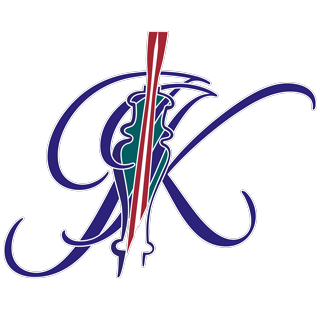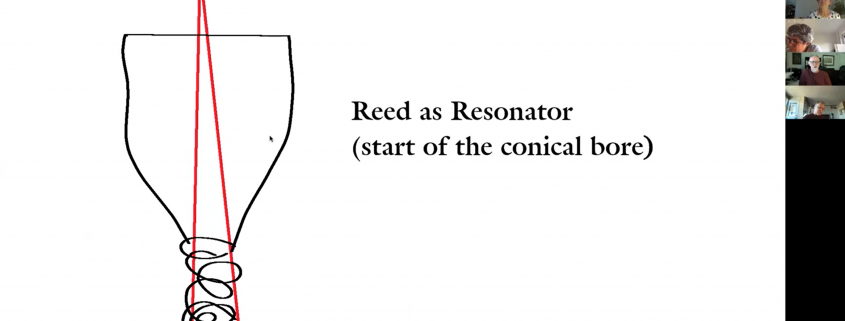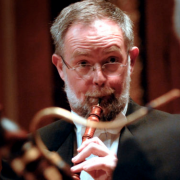The “Vanishing Point” of an oboe
Imagine feeling 100 % confident that you are using the right “set up” for your particular type of oboe. Wouldn’t knowing you have the perfect combination of oboe, staple, shape and scrape feel like wholeness and completion, both at peace and also poised for agility and expression?
What constant do you have? Maybe you own only one oboe. That makes things simpler but not for me. I have something like ten oboes if you count the ones I’ve ordered and the ones I’m having restored. For the record, these are not meant as museum pieces. I have them because I perform on them and, no, I can’t use the same reeds. They each want their own.
- Do you have a systematic way for approaching your search for the right staple/shape/oboe combination?
- Is there one perfect answer or should we expect to continually search?
- What is a good starting point when answering the staple/cane question?
- Are there tendencies in terms of intonation with the difference shaper forms?
- And once (if ever) a clear combination emerges, are the shapes and staples reliably consistent?These are some of the questions we will pose this week to our Oboe Reed Master, Steve Hammer when he returns for his second live, interactive Zoom Session with the Dynamic Reed Makers.In his first session he talked about Bernoulli’s Principle, the reason airplanes stay aloft, and how it pertains to oboe reeds. It is about high and low pressure areas and that is what makes our blades open and close.He demonstrated how acoustical nodes allow us to utilize and break the column of air in our instruments so that we have access to, for example, the octave.Probab
 ly most personally fascinating to me were these red lines on Steve’s slides. The oboe reed is the top of a long conical column, of course. Forming, honoring and utilizing this column is what allows us to be flexible and in tune.
ly most personally fascinating to me were these red lines on Steve’s slides. The oboe reed is the top of a long conical column, of course. Forming, honoring and utilizing this column is what allows us to be flexible and in tune.

Balancing oboe reeds is a matter of getting the right opening and speeding up and slowing down the vibrations in exactly the right manner to fit specific needs and tastes. This is also true of finding the right tube and shape combinations.
So why my particular fascination?
One of my reed truths is visualizing a point beyond the end of the reed tip at which the blades theoretically would intersect. Picturing this “vanishing point” mentally is what helps me to guide my knife reliably and consistently when forming, thinning and adjusting the tip. How intriguing it was to see Steve’s slides depicting an explanation for this reed truth that has helped me to so many successful reeds! This cone is our chamber, the shape of our wind and the space in which our expression unfolds. It makes sense that our bodies connect with the oboe at the inception, the point, the fulcrum of the resonator, even though it is not actually, physically there because the reed is clipped open.
I wonder if the cane remembers that it was once whole.
I interviewed Steve Hammer in April of 2020 in preparation for his first of two sessions in season one of THE OBOE REED MASTER SERIES. It is a 10-session series which is part of The Dynamic Reed maker, a three month- long intensive reed making training program. Participating in these live and interactive sessions is a new way to dive deep into the reed making questions that have always baffled you. Ask the master! Each Oboe Reed Master joins us twice in the JK Double Reed Making Zoom Reed Room. Between the two sessions, there is time to digest and try things out so that you can return to the second session to share your own results, ask questions and dive even deeper into the topic. Please enjoy the interview! Find out more here.
JK Double Reed Making © Jeanine Krause 2020










Leave a Reply
Want to join the discussion?Feel free to contribute!